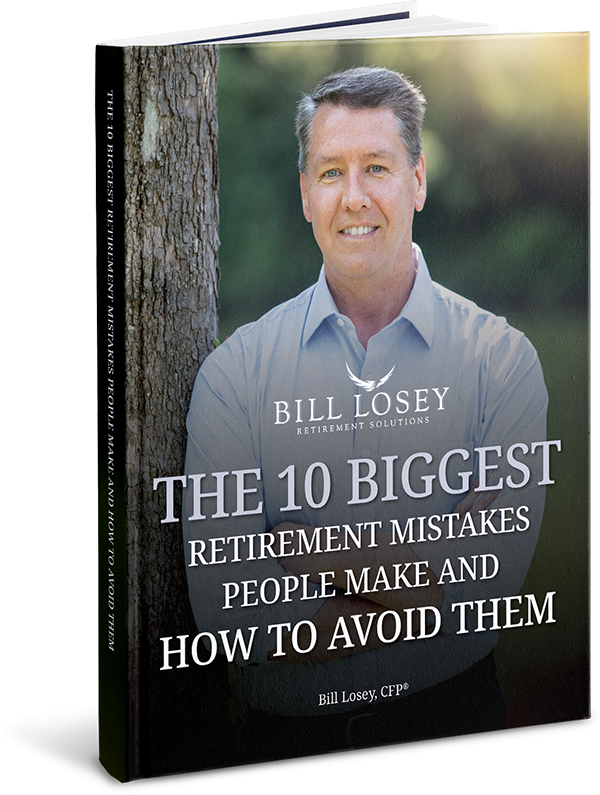U.S. Stock Indexes Held Their Own in 2011 Despite The Geo-Political Turmoil
2011 had a definite downside. Statistically, 2011 may end up being characterized as the year stocks stood still: the S&P 500 lost .003%, its smallest year-over-year change of any kind since 1947. Yet it was hardly a placid year; every week seemed to feature big rallies and selloffs, and seemingly every time we checked in on a financial website or TV program, some new anxiety had emerged.
If it wasnt the debt crisis in the European Union, it was legislators on Capitol Hill. If it wasnt the housing market, it was the job market (and in truth, the two were inescapably linked). Investors were jittery, and as emotions affect stocks as much as earnings and fundamental indicators, the great broad index of the American stock market wound up generating a less than thrilling return.
However, there was also an upside. Is the glass half-empty or half-full at this point? Thats a good question. Bulls were heartened by the way U.S. stocks held up in 2011. Comparatively speaking, the rest of the world may be marveling at how well we did:
DJIA: +5.53%
S&P 500: -0.003% (+2.11% with dividends)
NASDAQ: -1.80%
Russell 2000: -5.45%
Now look at how these foreign indices fared in 2011, according to performance data from the Wall Street Journals website:
DAX (Germany): -14.7%
CAC 40 (France): -17.0%
Bovespa (Brazil): -18.1%
All Ordinaries (Australia): -15.2%
Shanghai Composite (China): -21.7%
Hang Seng (Hong Kong): -20.0%
Nikkei 225: -17.3%
The DJIA was a member of the fortunate five, one of just five consequential benchmarks around the world that managed a 2011 advance. The others? Indonesias Jakarta Composite (+3.2%), Malaysias Kuala Lumpur Composite (+0.8%), the Manila Composite in the Philippines (+4.1%) and Venezuelas Caracas General (+79.1% in a nation where inflation is running at 26%).
So the evidence points to a degree of decoupling taking place last year. Stateside, investors may have been distracted and troubled by news about EU debt and a slowdown in manufacturing in the Asia-Pacific region, but there was still some residual confidence, which was bolstered in the fourth quarter by some positive news about consumer spending and retail sales, a declining jobless rate, a bit of life in what had seemed a moribund real estate market, and banks being more open to commercial loans.
Will our relative good fortune continue? In 2012, will Wall Street pay more attention to domestic indicators and earnings than the headaches plaguing other economies?
We are all interconnected, of course; financially, the world is a small place. It is very possible that the big market swings characteristic of 2011 will repeat in 2012; currently, few things move the market up or down like news from the EU. However, with many of the EU economies veering toward recession and emerging markets cooling down, a U.S. economy that might realize but a small percentage of growth may start to look very strong indeed to the rest of the world, and that offers hope that our financial markets may perform better next year than some analysts expect.


